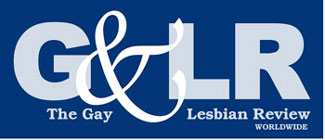Published in: September-October 2010 issue.
More on the Age of Jim
To the Editor:
This is in reply to Richard Berrong’s letter in the July-August 2010 issue. I’m glad that my review of Axel Nissen’s book, Manly Love (in the March-April issue) encouraged him to read Huckleberry Finn, and that he found it to be a masterpiece, as do I. Berrong wrote: “It’s true that there’s a very strong bond of affection between Jim and Huck. However, I saw no sexual overtones to it.” I agree, and am sure Axel Nissen would too. After all, the subtitle of his book is “Romantic Friendship in American Fiction.”




